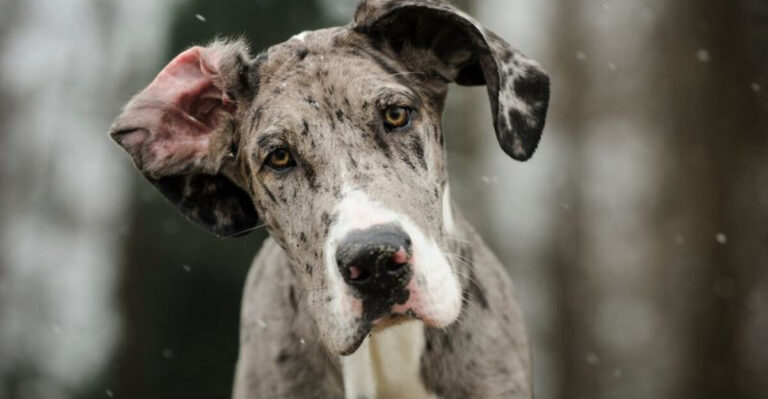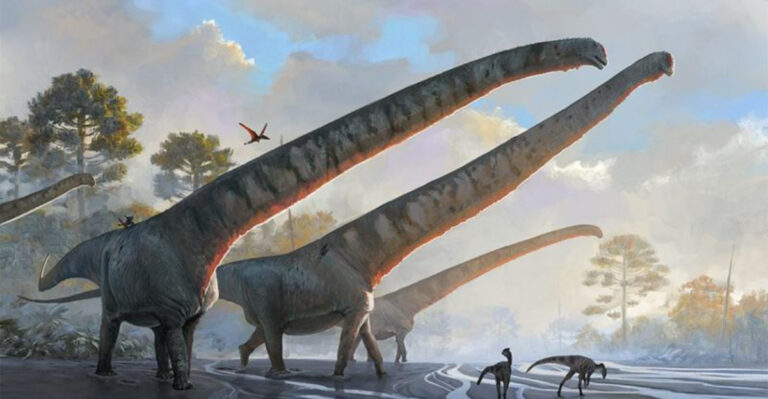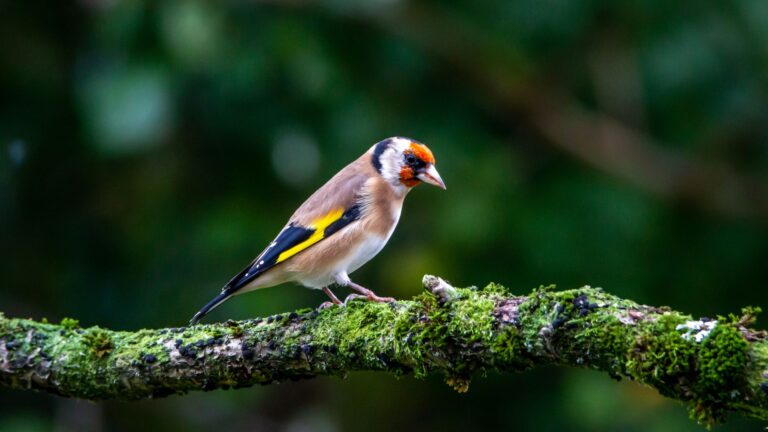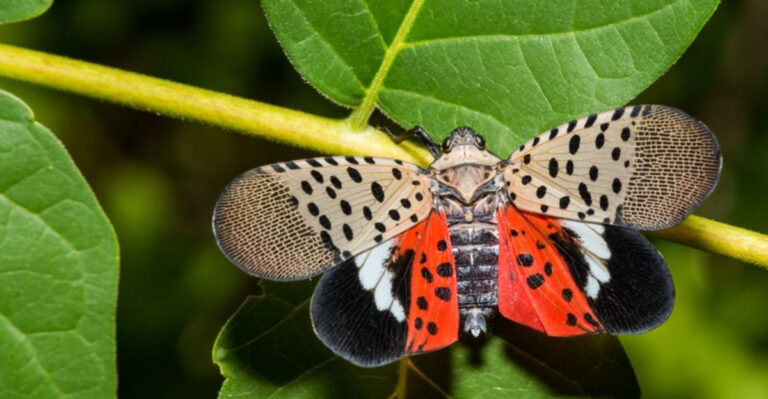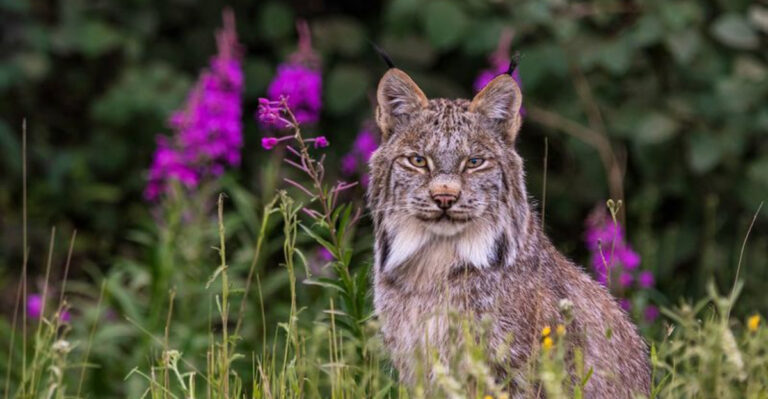10 Animals That Made Archaeological Discoveries
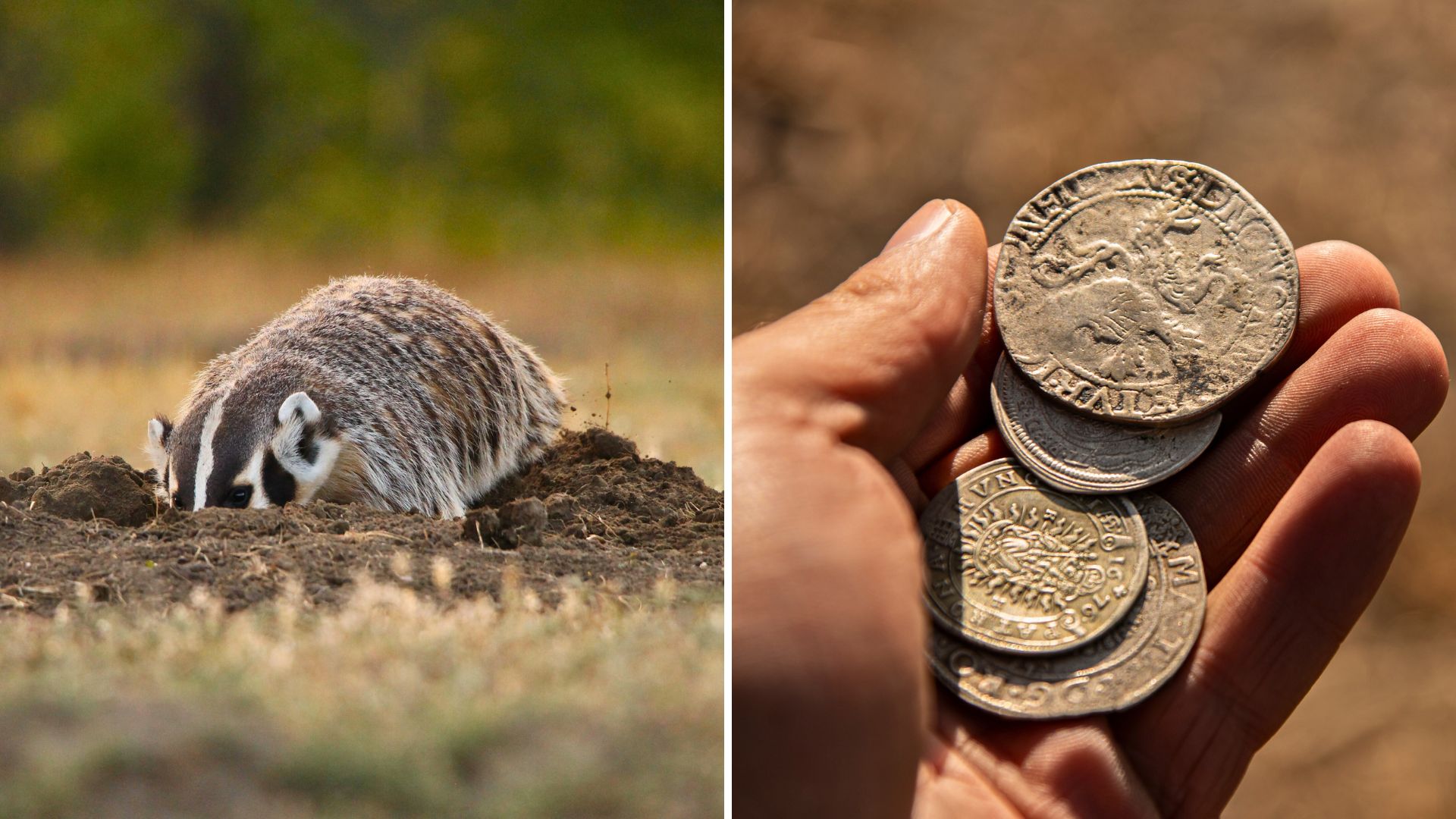
Animals have always had an uncanny knack for unearthing treasures that humans might overlook.
From playful digs in the backyard to their natural curiosity on countryside strolls, animals have been accidental archaeologists, leading us to some incredible historical finds.
Here are 10 intriguing tales of animals who stumbled upon significant archaeological discoveries, proving that sometimes, our furry friends are the best detectives.
1. Stray Cat And A Hidden Catacomb
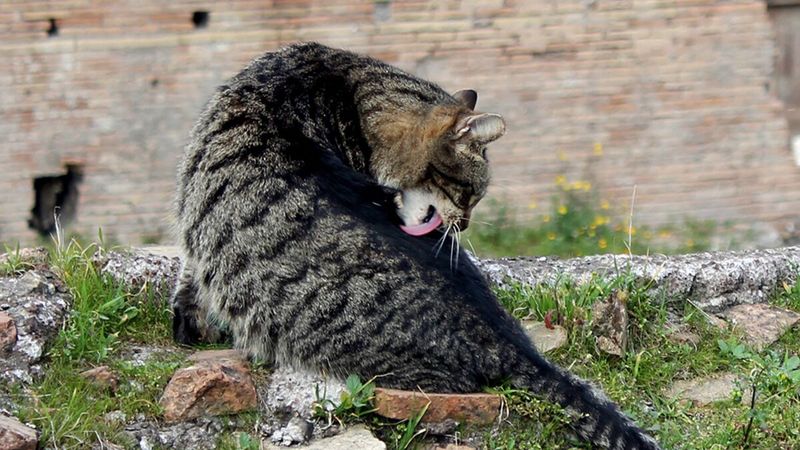
You know what they say about cats and curiosity – but in 2012, this story had a whole different outcome. Believe it or not, a curious feline helped uncover an ancient Roman catacomb.
When Mirko Curti’s stray cat darted into a hole at the base of a cliff, he followed, hoping to coax it back home. Instead, he stumbled upon a hidden burial site, long forgotten beneath the city.
Heavy rains had caused part of the cliffside to collapse, revealing an entrance that had remained sealed for centuries.
Inside, Curti found niches carved into the stone walls, once used to hold the cremated remains of Romans – though tomb raiders had likely plundered them long ago. Archaeologists were thrilled, as this discovery provided a rare glimpse into ancient burial practices.
Ironically, cats aren’t known for their contributions to archaeology, preferring naps over digging. But this particular feline proved that sometimes, history’s biggest secrets are uncovered by the smallest paws.
2. Mole And The Hidden Gold Of Scotland
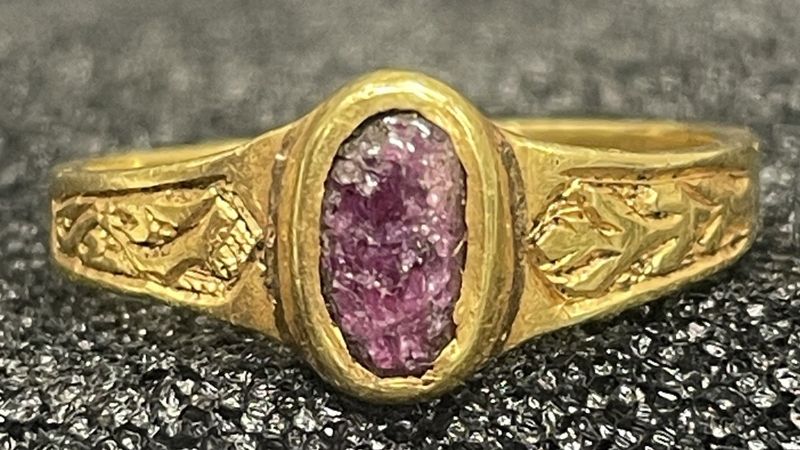
In 2024, a diligent mole burrowing through the fertile Scottish countryside unearthed a remarkable treasure – a piece of ancient gold that glistened with historical significance.
This industrious creature, busily digging its way through layers of earth, unknowingly revealed a link to Scotland’s rich past. The discovery occurred in a field where historical artifacts were not uncommon, but the gold piece was extraordinary, hinting at a time of wealth and artistry.
Archaeologists flocked to the site, eager to uncover more about the era to which this gold belonged. The mole’s find sparked a renewed interest in the region’s history.
This golden discovery not only brought excitement to archaeologists but also highlighted how nature plays a role in revealing our hidden past.
The mole’s natural digging instincts led to a treasure that had been lying in wait, hidden beneath the surface.
This story is a testament to the unexpected allies we find in our quest to uncover history, turning an ordinary molehill into a gateway to ancient riches.
3. Rats And Their Oxburgh Hall Time Capsule
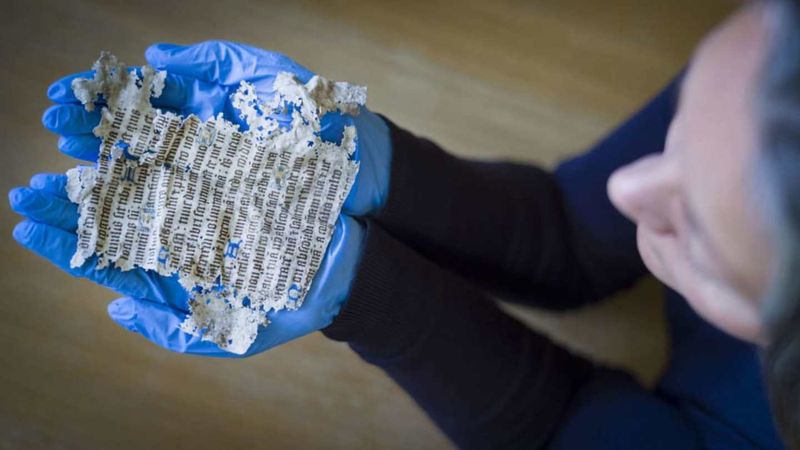
Rats are rarely seen as welcome visitors, but at Oxburgh Hall in England, they proved to be accidental historians.
During renovations, builders discovered two large rat nests hidden beneath the floorboards – ancient collections of treasures carefully hoarded over time. Among the debris were over 200 pieces of Tudor-era textiles, including silks and velvets, as well as a fragment of a medieval manuscript.
These items, gathered by the rats for their nests, offered a rare and invaluable glimpse into 15th-century life that might have otherwise been lost.
Historians were amazed by the unexpected find, as the rats had unintentionally preserved delicate materials that illuminated the era’s fashion, daily life, and literature. Their instinct to hoard had created a time capsule, connecting the past with the present.
It’s a fascinating reminder that history isn’t always safeguarded in museums – sometimes, it’s hidden in the most surprising places, thanks to the smallest and least likely archivists.
4. Mole And Its Roman Silver Coin
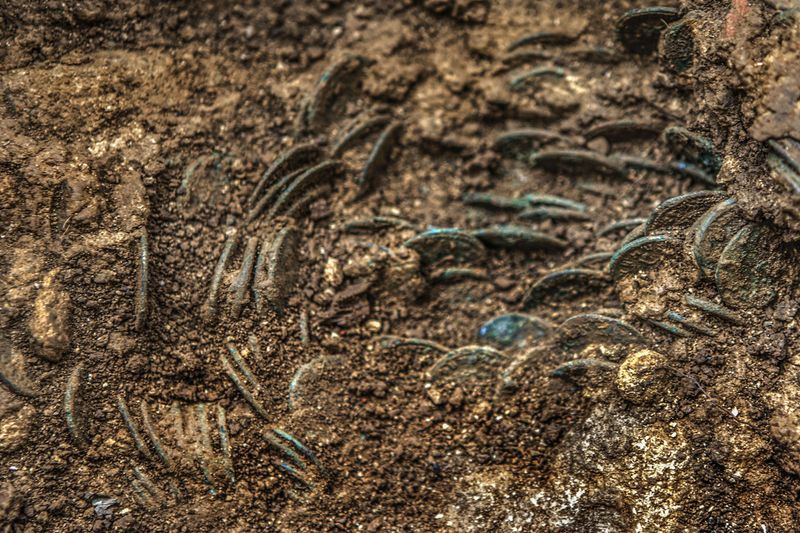
Molehills are usually just an annoyance, but in Ueken, Switzerland, one mole’s digging led to an incredible archaeological find.
While burrowing through a cherry orchard, the mole unknowingly unearthed a Roman silver coin, leaving it glinting in the dirt for a passing farmer to spot.
This small discovery sparked a full-scale excavation, uncovering a hidden treasure trove of more than 4,000 silver and bronze coins dating back to around AD 300.
Weighing over 33 pounds (15 kg), the hoard represented a fortune in its time and provided a rare glimpse into the economy of the late Roman Empire.
The mole’s accidental contribution reminded historians that history often lies right beneath our feet, waiting to be rediscovered. Its natural instincts led to a find that could have stayed buried for centuries.
Sometimes, it’s not pickaxes or shovels that unearth the past – but the tiny, unassuming paws of creatures simply going about their day.
5. Czech Dog Digging Up Bronze Objects From The Past
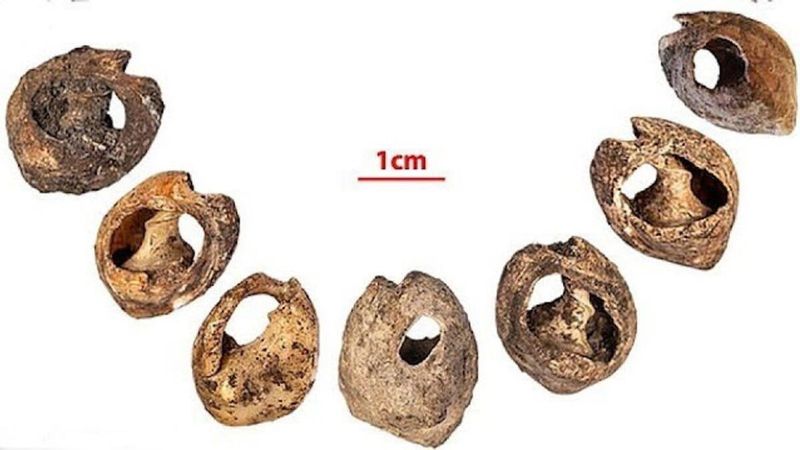
In the Czech Republic, a dog named Monty became an unexpected hero when his energetic digging led to a remarkable archaeological discovery.
While taking a walk with his owner in a meadow, Monty’s paws unearthed bronze objects that were around 3,000 years old, including 13 sickles, several axe heads, and decorative bracelets.
These ancient artifacts, typically found individually and sometimes damaged, were unusually intact and might have been buried as part of a ritual.
The discovery, which provided valuable insights into Bronze Age craftsmanship and daily life, was a rare find in the region, where such treasures are seldom uncovered in large quantities.
Though Monty’s owner received a minor reward for the find, it’s unclear what Monty earned for his first archaeological dig.
This tale highlights how animals, driven by their natural instincts, can become unlikely but invaluable partners in the exploration of history, reminding us of the deep bond between humans and their four-legged companions.
6. Badger’s Fascinating Discovery In Llanilltud Fawr
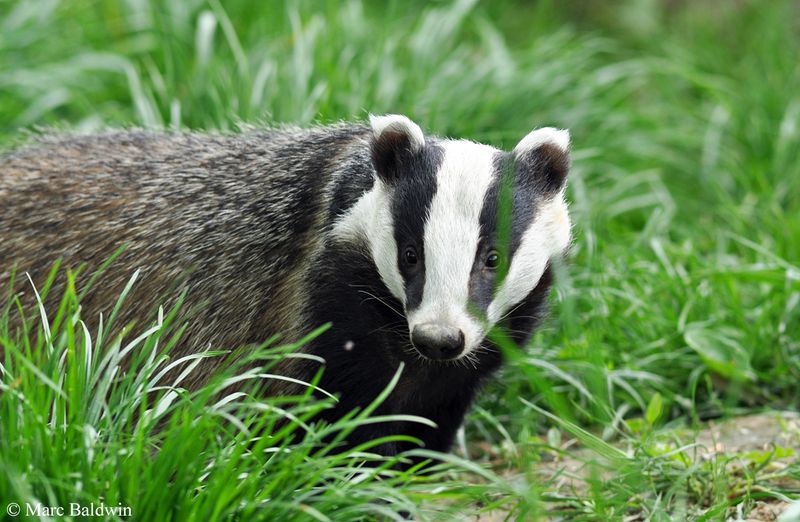
In the Welsh countryside near Llanilltud Fawr, a badger’s persistent digging led to a chilling discovery of human remains. This unexpected find in the quaint Welsh town unveiled secrets of the past that had been buried for centuries.
As archaeologists investigated the site, they uncovered more remains, piecing together a picture of life in ancient Wales. The badger’s discovery was crucial, as it opened a new chapter in understanding the region’s history and its early inhabitants.
This incident highlights the symbiotic relationship between nature and archaeology. While the badger was simply following its instincts, its actions brought to light a story that had been hidden beneath the earth.
The find was a poignant reminder of how history often lies just below the surface, waiting for the right moment – or creature – to bring it to light. Animals like this badger inadvertently become historians, connecting us with the past in unexpected ways.
7. Pig And Its Stone Tools In Scotland
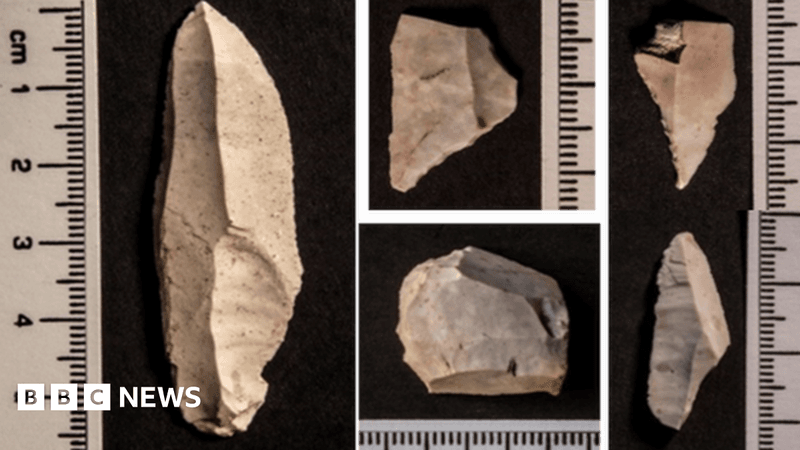
On the Scottish island of Islay, a gamekeeper enlisted the help of his pigs to clear vegetation, but the pigs ended up uncovering something far more remarkable – stone tools dating back to the Mesolithic period, around 9,000 years ago.
As the pigs rooted around in the earth, they revealed ancient relics once used by Scotland’s earliest inhabitants.
Archaeologists soon arrived to investigate, and their excavation uncovered even older tools – tools that predated the pigs’ discoveries by 3,000 years. These finds are now considered the oldest evidence of human activity in Scotland.
When the people who used these tools roamed the land, much of the Highlands was still covered in glaciers.
This unexpected discovery highlights how animals, driven by their natural instincts, can play a pivotal role in uncovering history, often revealing treasures that might otherwise remain buried forever.
8. Badger And Its Silver Coins In Spain
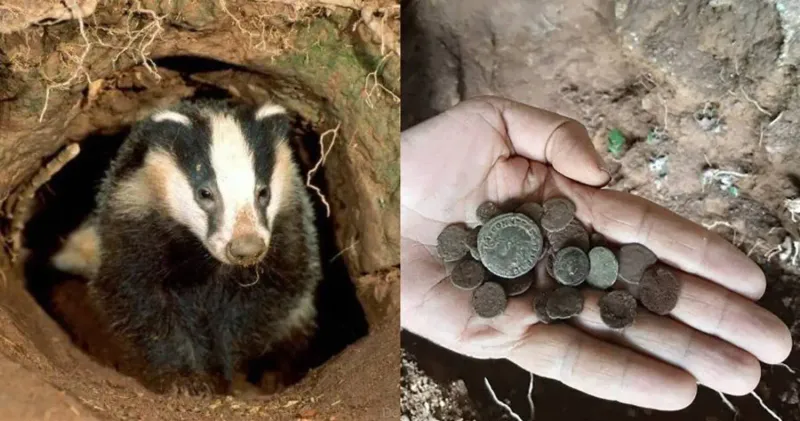
In 2021, a badger in Spain unwittingly uncovered a treasure trove of silver coins while digging deeper than usual during a harsh cold snap.
The badger’s digging led to the discovery of 209 silver coins scattered across the cave floor, dating back to the late Roman period.
These coins offered a rare glimpse into a time when the Roman Empire’s hold on the West was waning as Germanic tribes began pushing into their territory.
Archaeologists quickly took notice, recognizing that these coins could help illuminate the region’s trade networks and economic shifts during a crucial period in history.
While badgers are typically known for damaging archaeological sites with their burrowing, this time their instincts worked in our favor, unearthing artifacts that would have otherwise remained hidden.
The badger’s unexpected contribution highlights the fascinating ways animals can play a part in uncovering history, showing how even the most unlikely creatures can help us piece together the past.
9. Mole Artefacts Beyond Hadrian’s Wall
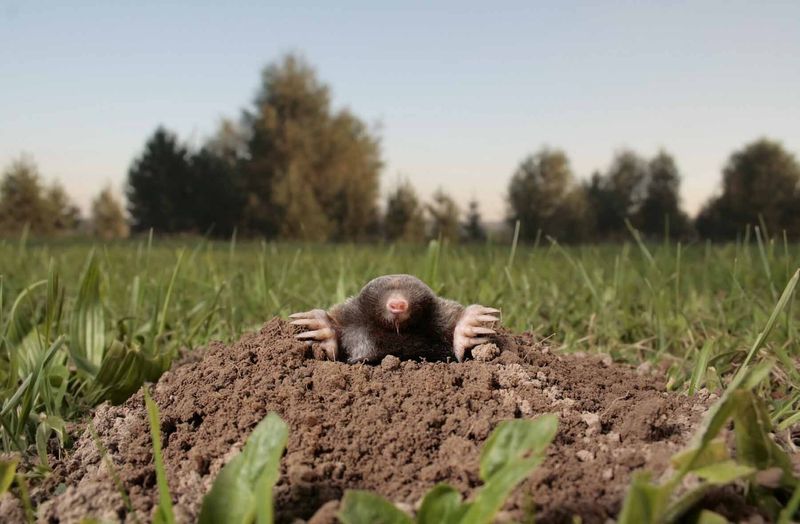
Moles may not be the first creatures you think of when it comes to archaeological discoveries, but in the case of Hadrian’s Wall in England, they’ve become unexpected heroes.
While digging their tunnels near a Roman fort, these industrious creatures have uncovered fascinating artifacts that offer a rare glimpse into the lives of Roman Britain.
As moles burrow through the earth, they’ve uncovered Roman nails, decorative pottery, and beads from a necklace – small objects that would otherwise remain hidden beneath the surface.
Because digging on these protected sites is prohibited under English law, the moles’ unintentional excavations have turned out to be a boon for archaeologists.
These finds, carefully sieved from the molehills, provide valuable insights into Roman culture, showing what life was like for soldiers and local inhabitants alike.
With each new object uncovered, researchers are piecing together a story of life on the edge of the Roman Empire.
The mole’s seemingly innocent behavior reminds us that history is often hidden right under our feet, waiting for the most unlikely partners to reveal it.
10. Badger And The 12th-Century Burial Ground
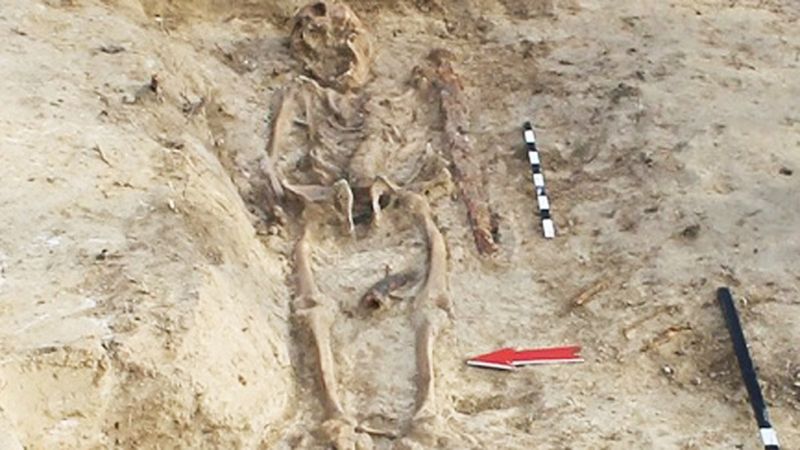
Badgers, it seems, have an unsettling knack for digging up history.
In 2012, while sculptors were searching for a spot to display their work on their land, they noticed a badger hole with something peculiar poking out – the pelvic bone of a human.
While ancient graves had been found nearby, this discovery was far more extraordinary. After investigating with a camera, the sculptors found medieval jewelry, prompting them to alert archaeologists.
What followed was a remarkable find: Eight graves dating back to the 12th century. Among the remains, two were believed to be those of high-status individuals, buried with weapons and symbols of wealth.
One grave was particularly intriguing, as it contained no sword – suggesting it had been plundered in the past.
This accidental discovery by the badger sheds light on medieval burial practices and offers a rare glimpse into the world of Slavic warlords.
It’s a reminder that sometimes the most significant historical finds are unearthed by the most unexpected sources.

